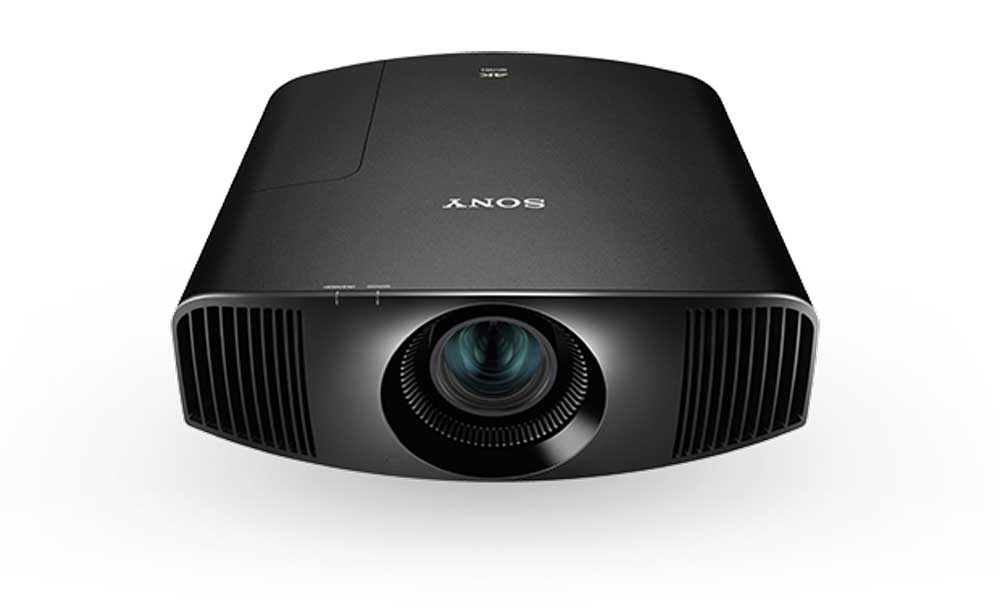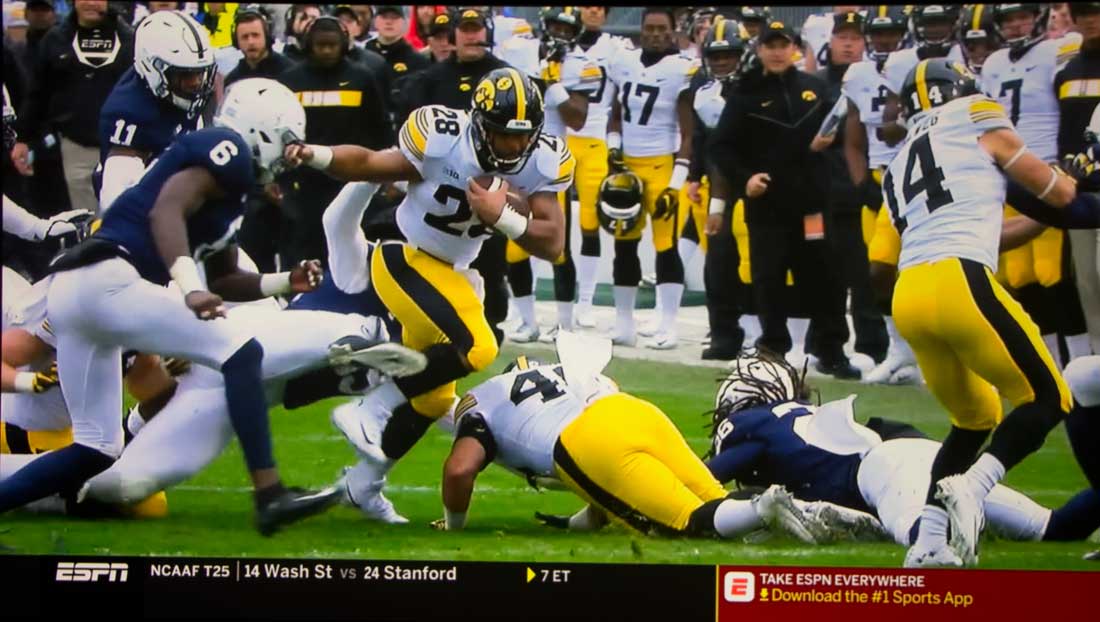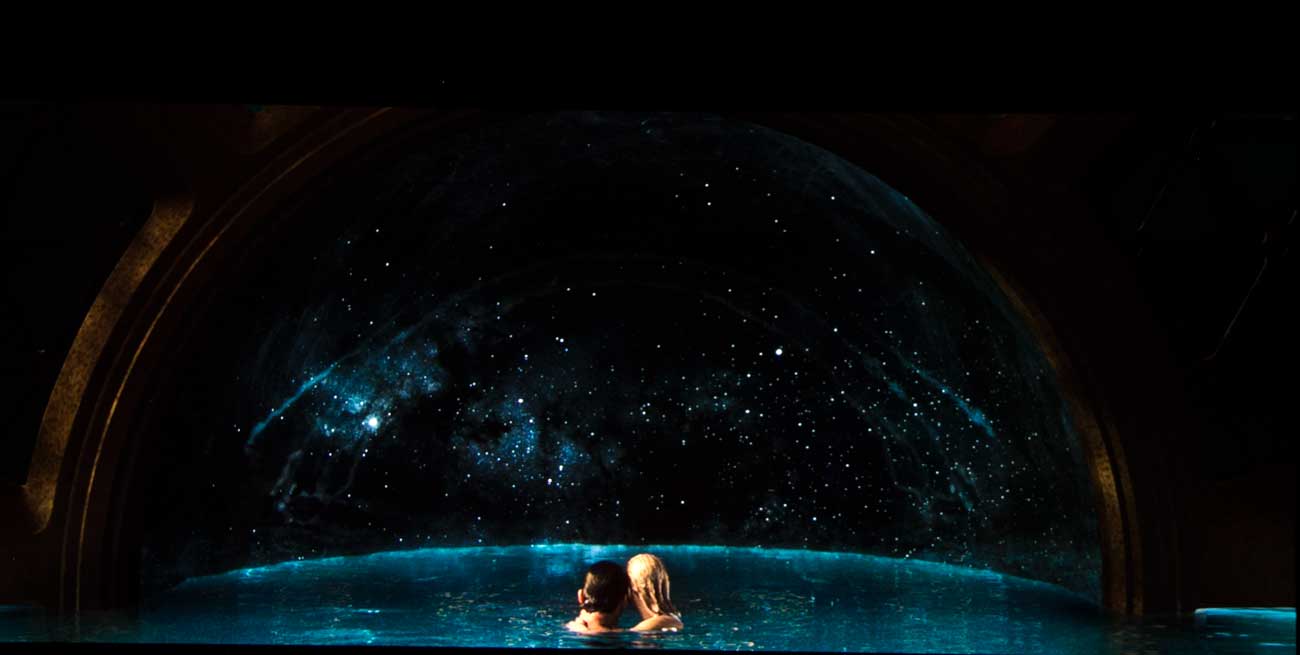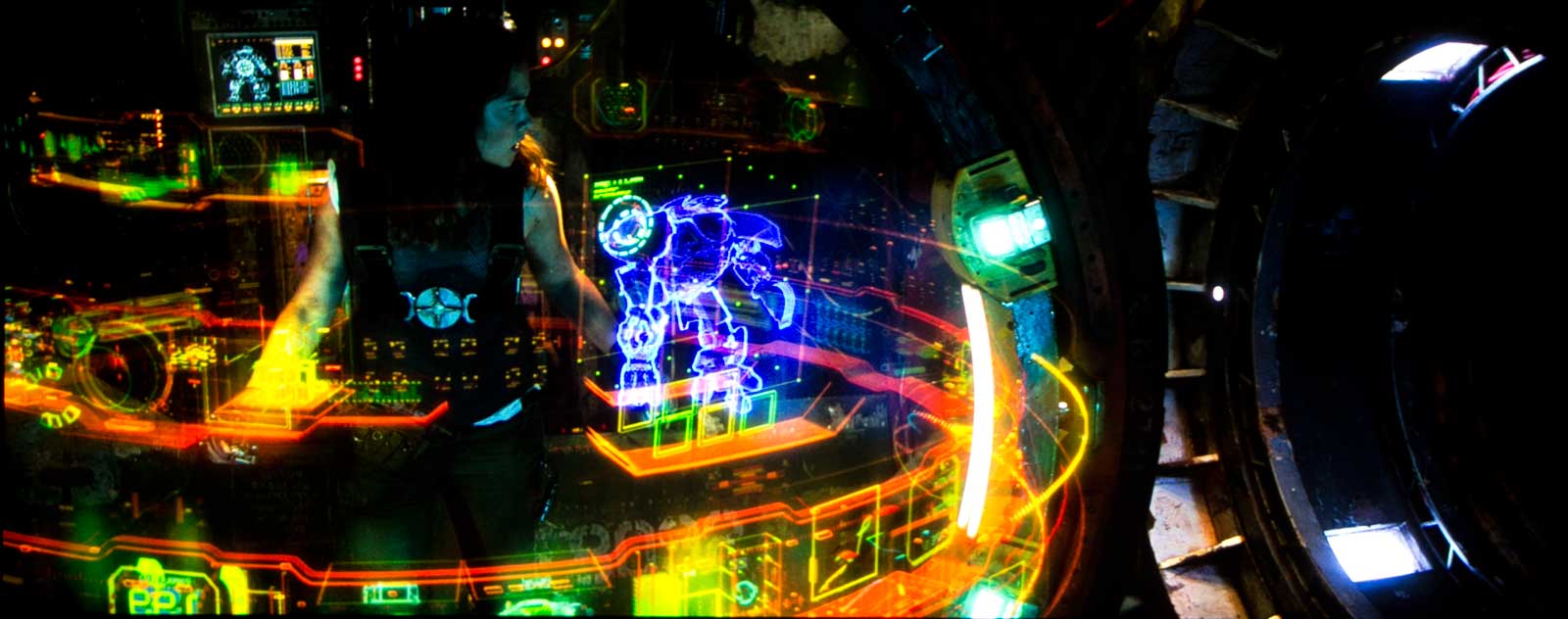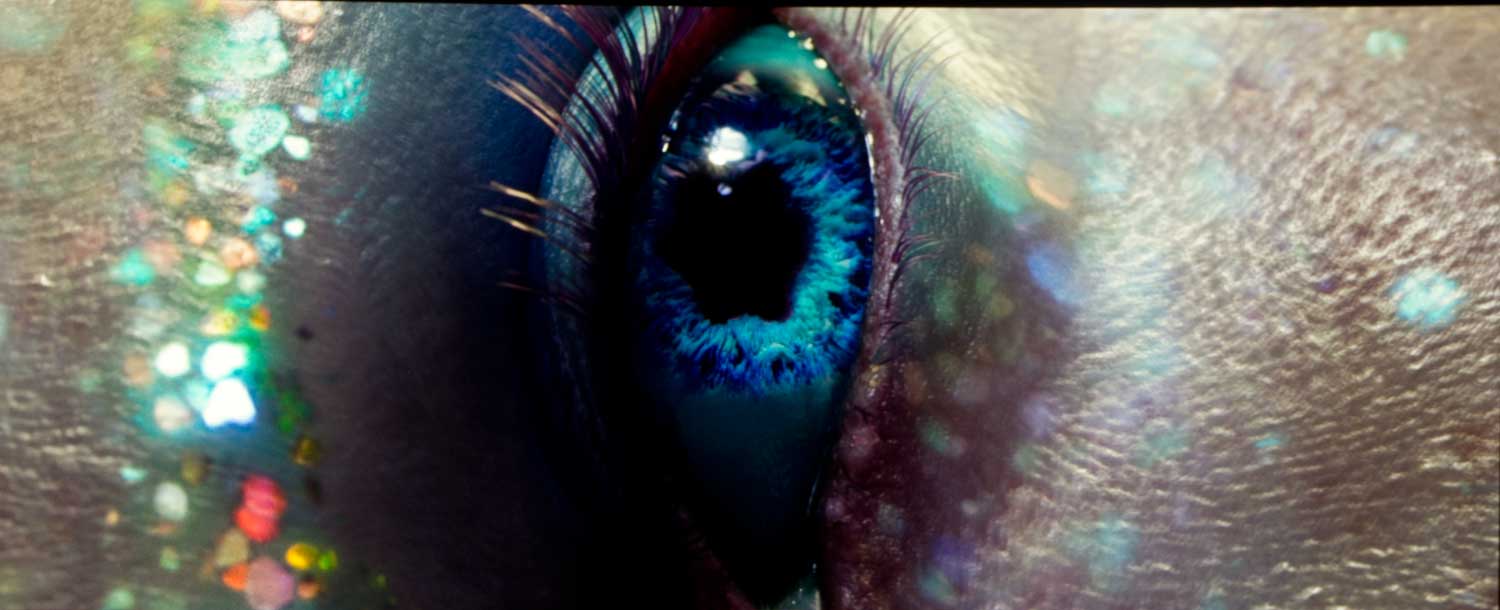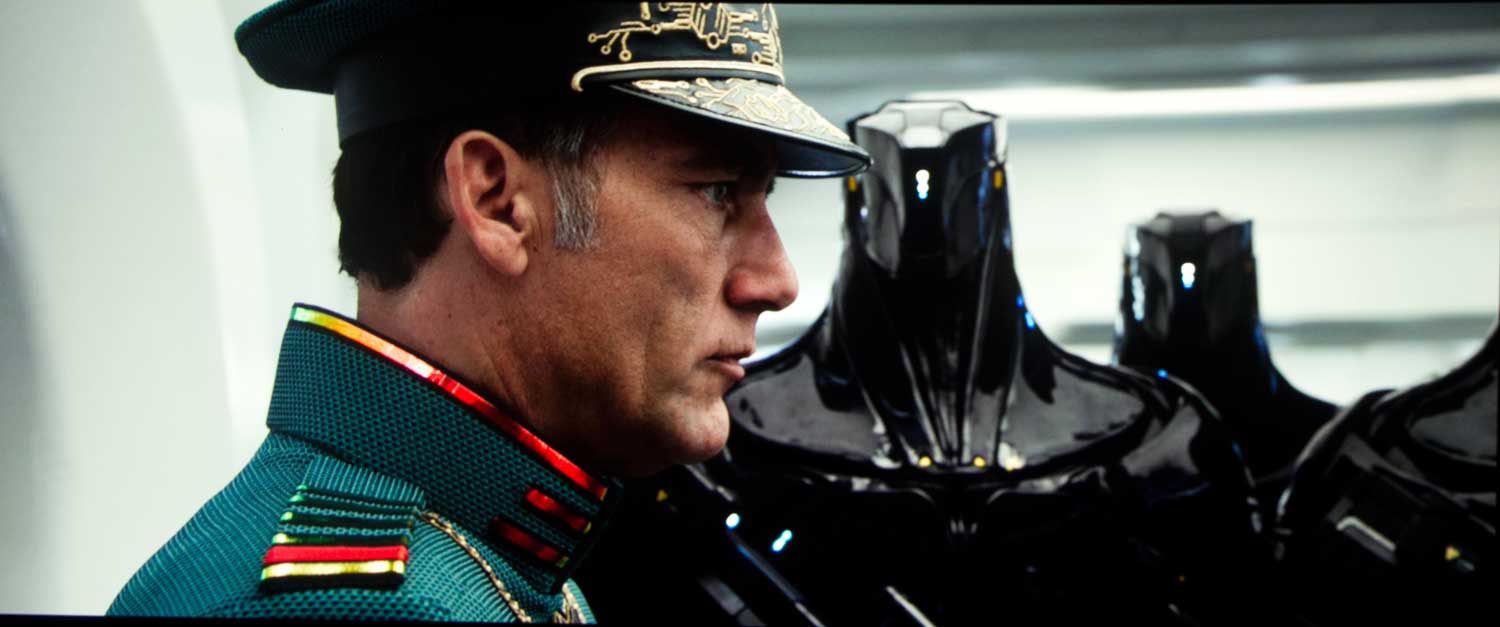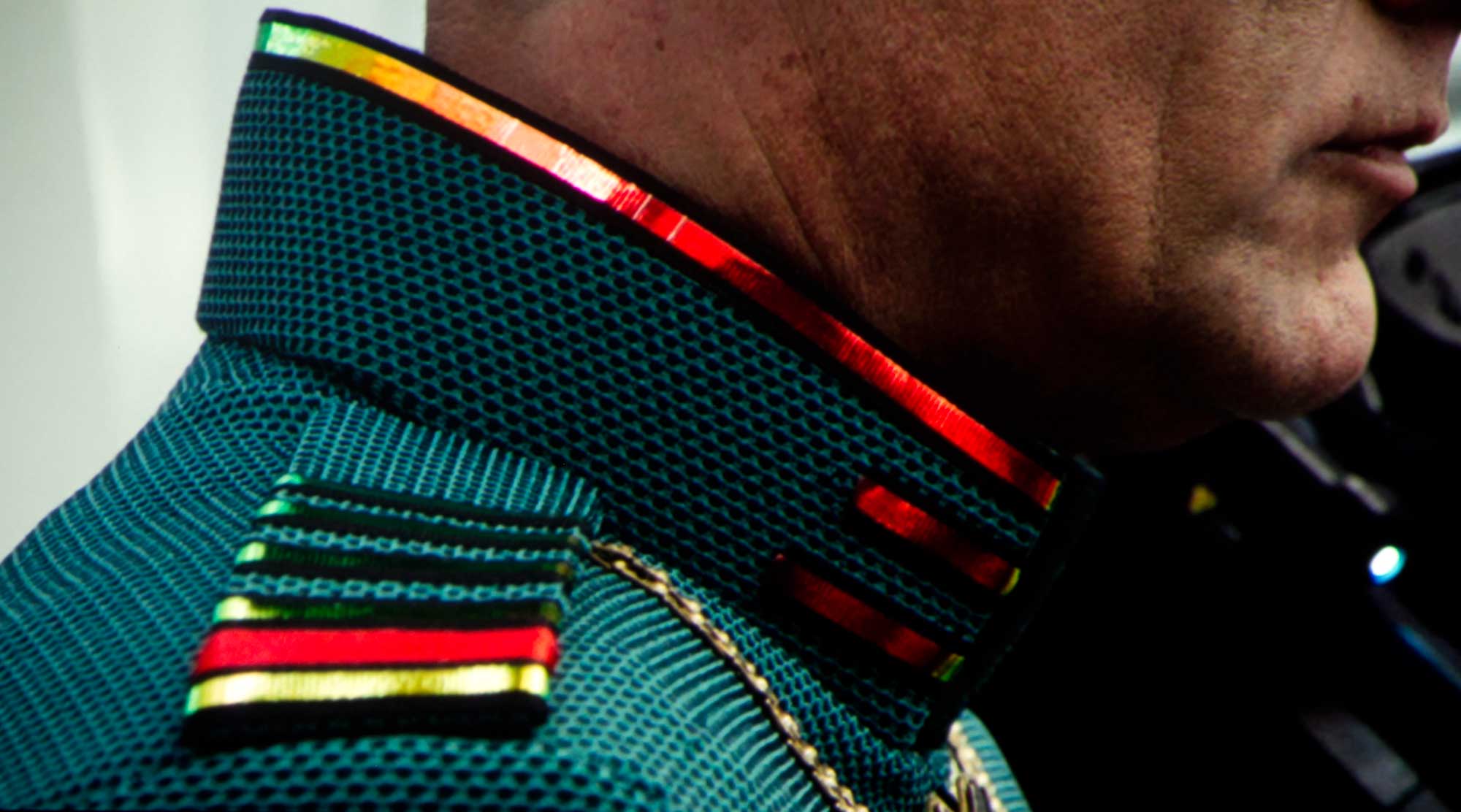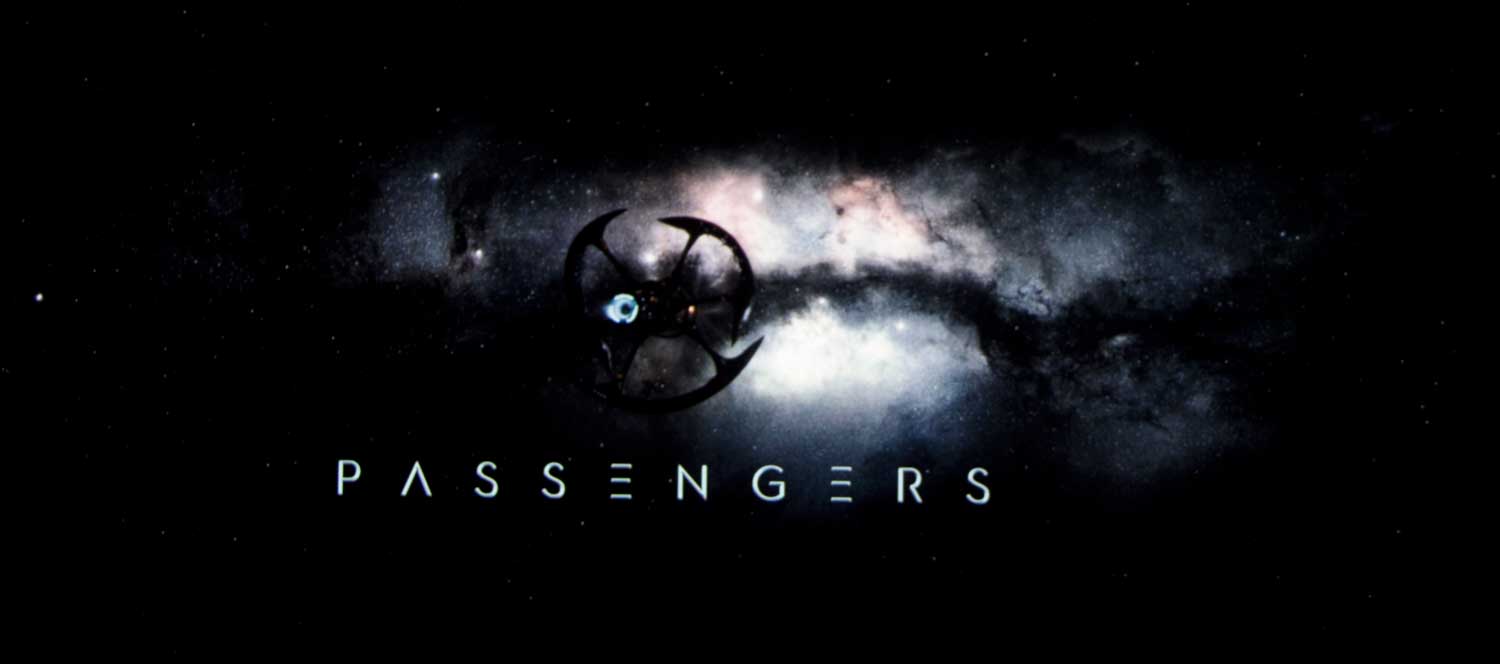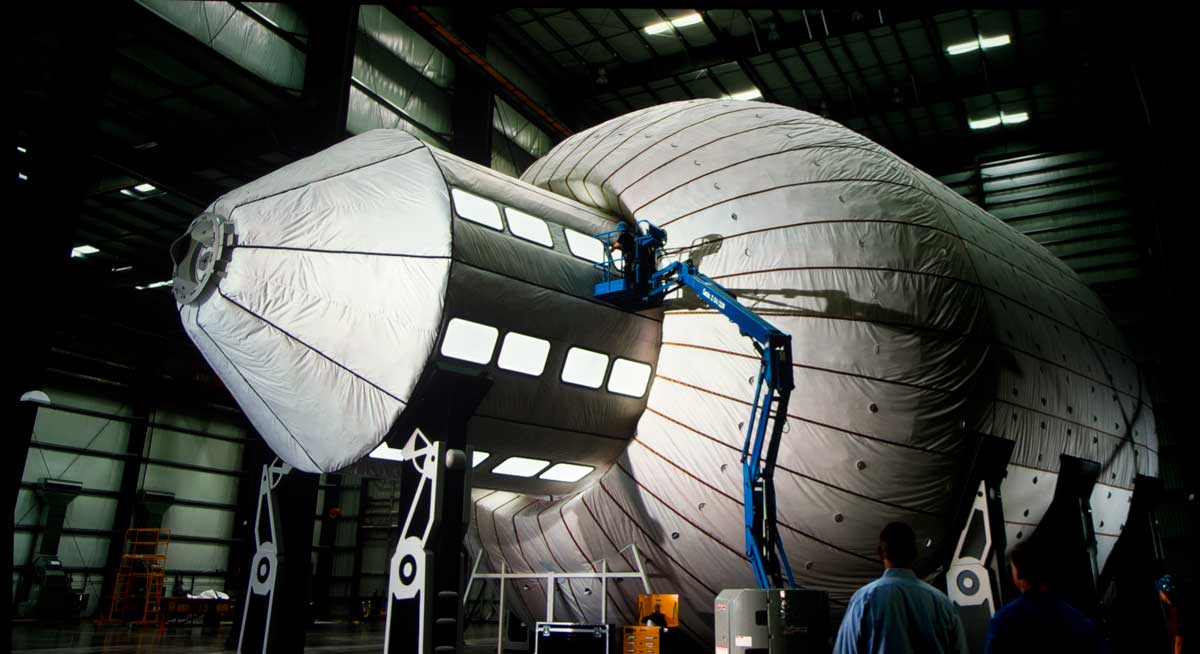I just mentioned three – two more expensive native 4K’s and the pair of much lower cost pixel shifter from Epson.
I’ve got a really, really dark theater, so I would prefer the VW695ES (I am a black level fanatic), which adds lumens and a dynamic iris and has visibly darker blacks on those really dark scenes. The JVC I haven’t had a shot at reviewing yet, but it promises to have even better black levels, but, it is 40% more expensive than the VW295ES. All three – and also the lower cost 3LCD Epson 5040UB/6040UB, have motorized lenses with at least 2.0:1 zoom ratios and lots of lens shift, and are especially good on black levels. (That Epson is a 4K capable. 1080p pixel shifter not a native 4K projector).
Unlike those others, there’s no lens memory – that is single button ability to change the aspect ratio to work with wide screens, but no matter, it worked great with my wide screen, I would just have to use the remote to resize the image and adjust the lens shift – typically, that has taken me about 30 seconds. I can live with that, and I’ll bet you can.
What else is out there that’s competition. Well, there are plenty of the 4K UHD DLPs but only one I’ve seen so far, do I count as being about as capable at handling dark scenes as the Sony, and that’s the Acer VL7860. That DLP has a laser engine, but does sell for a little less than the VW295ES. Of course it’s 4K UHD, not native 4K. Those are all still pixel shifters with “giant sized pixels” compared to the Sony and other native 4K projectors. As to all those Optomas, BenQs, ViewSonics, and others they are all nice projectors, all lower resolution pixel shifters, that can all accept 4K content, but non can do those dark scenes as well, none have the flexibility, etc. As a group I’d count most of those that are out there today as more home entertainment than home theater. The VPL-VW295ES on the other hand is definitely serious home theater.
The VW295ES is also 3D capable, further separating it from most of the DLPs, and it is a fast gaming projector with 27ms input lag, which is extremely good for a projector. Few do better, and none by a lot. That 27ms (on 4K games), even with HDR and P3 color is fast enough to please all but the most professional, fanatical gamers. Most competitors (all technologies) do no better.

